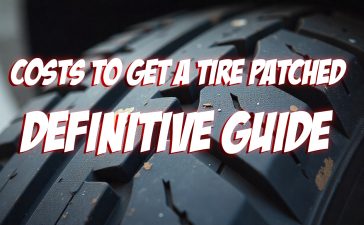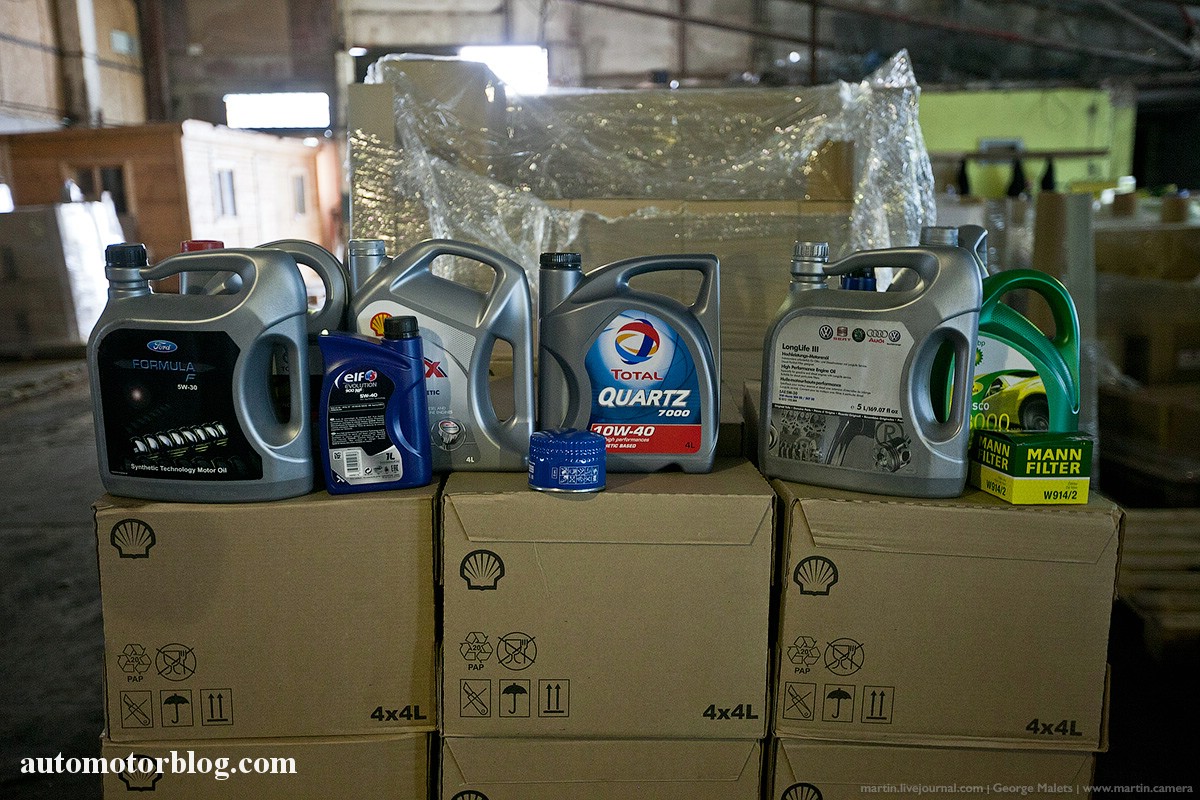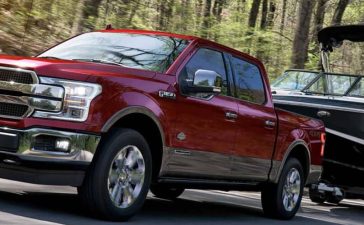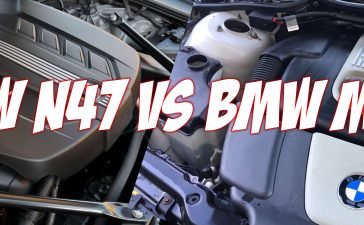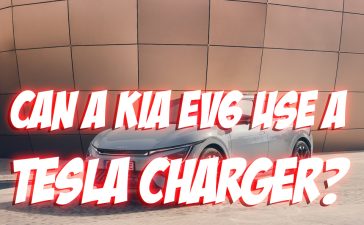Bad credit can cost you dearly. It can drive up the interest rate you pay on your credit cards, raise your insurance premiums due to the higher perceived risk and result in all sorts of fees and charges you didn’t pay before. The same problems arise when you try to buy something when you have bad credit. Here are a few tips for saving money when buying a car with bad credit.
Don’t Pay for What You Don’t Need
Don’t pay for little extras you don’t need. Don’t pay for fabric cleaner, VIN etching, or sealants and protectants. Be wary of suggested extras like warranties, insurance that isn’t car insurance or service plans. Extended warranties are always a rip-off. Skip the delivery fee and pick up the car from the car lot yourself, if they charge you for that, or restrict yourself to the cars available at that dealer so they don’t charge you to drive a car from the lot across town to their location. Don’t pay for dealer preparation. The car should be in decent shape, and if it really matters to you, you can vacuum and wash it yourself. Watch for duplicate fees like advertising fees. These charges are sometimes on the initial invoice and then listed against on the invoice as a separate line item. Another mistake is accepting after-market add-ons to the vehicle. Don’t let them add alarms, striping or stereo systems. They charge far more for after-market items than you’d pay for them elsewhere, and given that you’re tight on money, you shouldn’t be paying for extras like this.
Work with Lenders Who Won’t Penalize You for Your Situation
If you walked into a bank with bad credit, they may refuse to issue a car loan at all. If they are willing to offer a car loan, it will be at a sky high interest rate and with hefty administrative fees. If you are late on a payment, they’ll either hit you again with penalties or your car will be repossessed. The solution is to work with lenders who specialize in this niche market. This car loan site for bad credit car buyers offers reasonable interest rates because they understand the needs of this market; they structure loans to minimize their risk and keep fees to a minimum.
Don’t Finance the Extra Charges
You can save money by putting a larger down payment down against the vehicle’s purchase price. However, you’ll truly pay for it if you can’t pay for the extra fees like the paperwork and loan processing charges. Know how much cash you have to pay for the paperwork fees, taxes due and other costs as well as the down payment. Understand roughly what that amount would be, then dedicate the rest to the down payment. There is no point in putting $1500 down and financing an extra $500 of closing costs. You’d be better off putting $1000 down and paying those associated costs out of pocket.
Be Careful of Their Bargains on the Lot
You can get a bargain when you trade in your own vehicle with the dealer. They’ll handle the repairs and the hassle of selling it. The traded in vehicle becomes a down payment toward the replacement vehicle. However, you need to be careful of their so-called bargains for sale. These are the fixed-up versions of your own trade-in, and they are sold with a high mark-up relative to their real value. If you’re there to get a better vehicle, pay a little more to get a gently used vehicle or a new one, not someone else’s over-priced trade-in. Nor should you sign up for a warranty plan to offset the fact that these cars are prone to breaking down almost as often as the one you want to replace.
While bad credit will increase the costs you pay across the board, it is possible to save money when buying a new car though you have bad credit.







